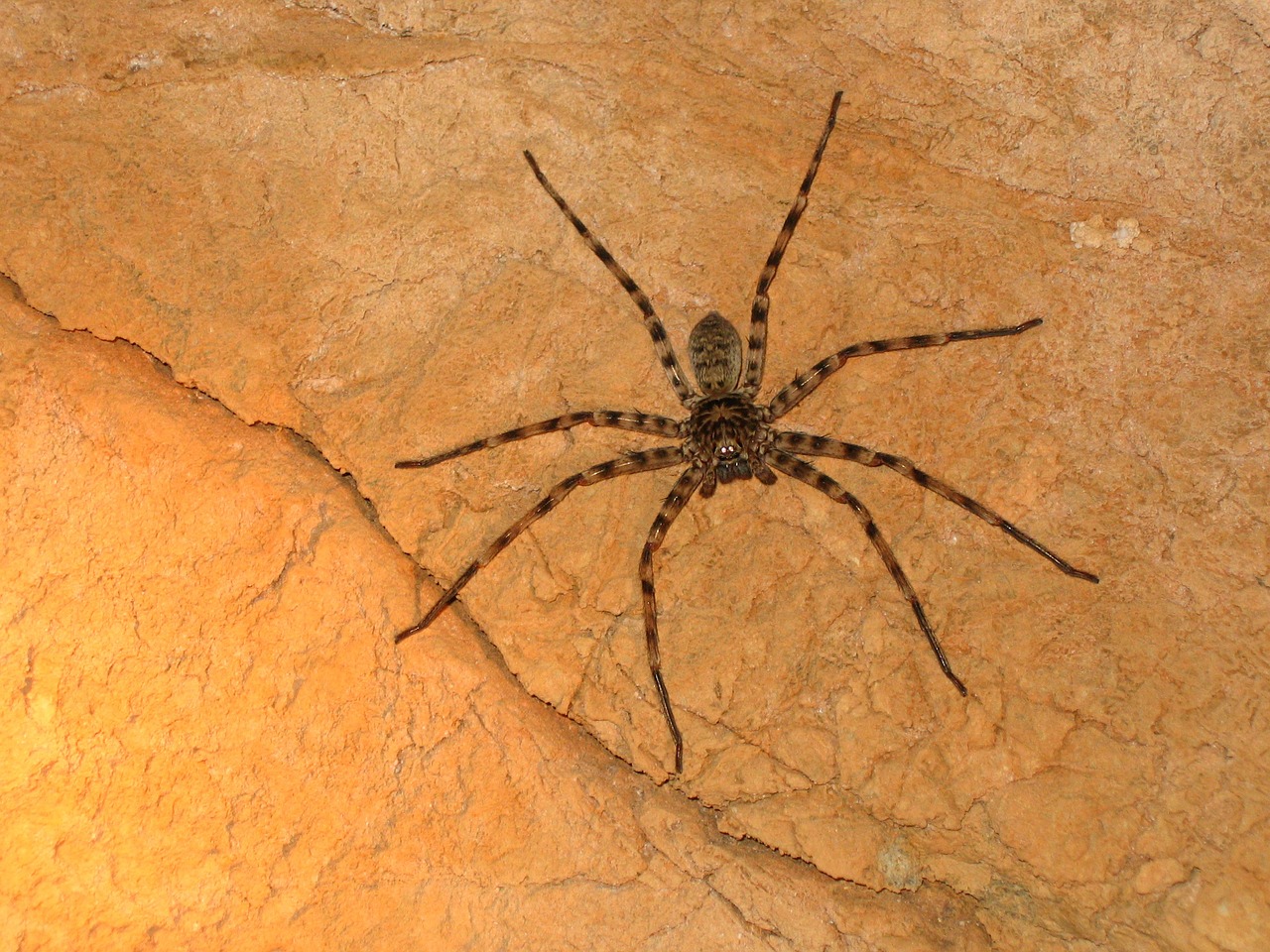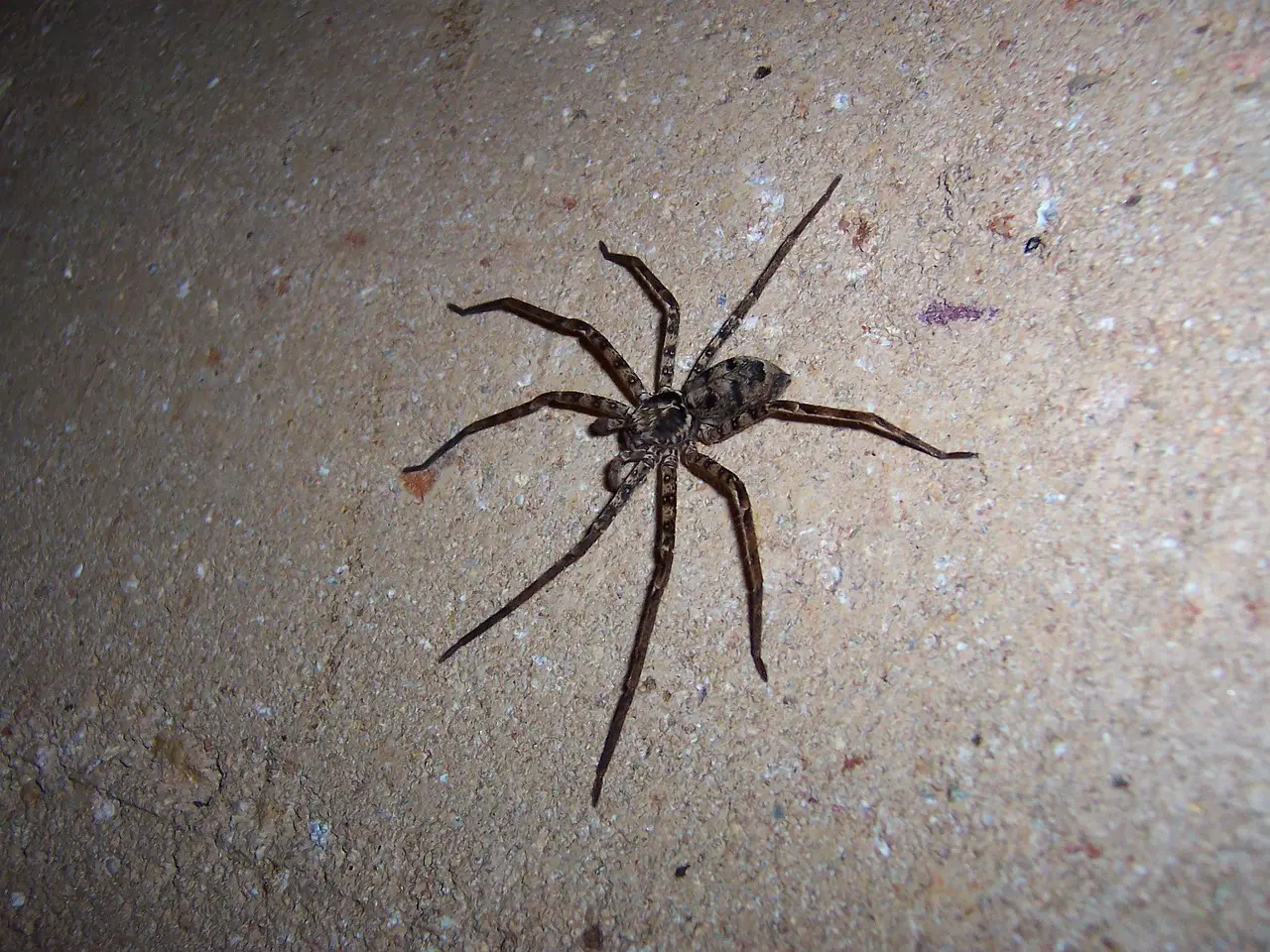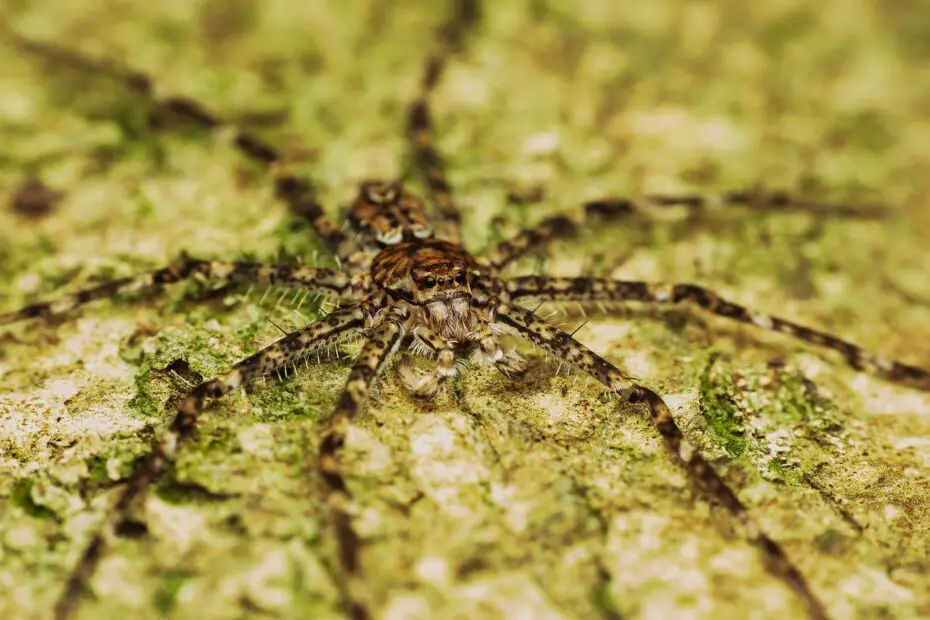Cane spiders, with their intimidating size and reputation, often evoke fear and curiosity. These arachnids, known for their impressive leg span and presence in tropical regions, have generated numerous myths and misconceptions. In this article, we will delve into the world of cane spiders, unraveling the truth behind their characteristics, behavior, and interaction with humans.
You may also want to read about the top 7 biggest spider species.
What are Cane Spiders?
Cane spiders, scientifically known as Heteropoda venatoria, are large arachnids belonging to the huntsman spider family. They are commonly found in tropical and subtropical regions worldwide, with a notable presence in areas like Hawaii and other Pacific islands. Cane spiders are renowned for their impressive size and swift movements, which contribute to their fearsome reputation.

Characteristics
Size and Appearance
Cane spiders are considered some of the largest spiders in the world. The females can reach a leg span of up to 6 inches, while the males are slightly smaller. Their bodies are covered in bristly hair and exhibit various colorations, including shades of brown, gray, and black. These features, combined with their formidable size, often make them appear more menacing than they actually are.
Habitat and Range
Cane spiders thrive in warm and humid environments. They can be found in a wide range of habitats, including gardens, forests, and even inside human dwellings. While they have a global presence, they are particularly prevalent in tropical regions such as Southeast Asia, Africa, and the Pacific Islands.
Cane Spider Behavior
Hunting and Feeding
Cane spiders are nocturnal hunters, using their excellent vision and agility to capture their prey. They primarily feed on insects, including cockroaches, crickets, and other spiders. Despite their large size, cane spiders are not venomous to humans and pose no significant threat in terms of bites.
Reproduction
During mating season, male cane spiders may enter homes in search of females. They use intricate courtship rituals to attract mates. Once mating occurs, the female constructs a sac to hold her eggs, which she guards until they hatch. The young spiders then undergo several molting stages as they grow into adulthood.
Myths and Misconceptions
Cane spiders have become the subject of many myths and urban legends, often exaggerated to fuel people’s fears. Some of these stories portray cane spiders as deadly creatures capable of inflicting harmful bites. However, it is important to separate fact from fiction and understand the true nature of these arachnids.

Interaction with Humans
Fear and Urban Legends
Due to their size and appearance, cane spiders often invoke fear and provoke strong reactions from people. Urban legends and exaggerated tales have contributed to their negative reputation. These stories can perpetuate misconceptions and unnecessary fear.
Actual Threat Level
While cane spiders can startle or surprise people, they are not known to pose a significant threat to humans. They are generally non-aggressive and will typically avoid confrontation whenever possible. Cane spiders do possess venom, but it is not potent enough to cause harm to humans. Bites from cane spiders are rare and usually only occur when they feel threatened or cornered. In most cases, their bites are no worse than that of a typical household spider.
Dealing with Cane Spiders
Prevention
Preventing encounters with cane spiders begins with maintaining a clean and clutter-free environment. Regularly clean and vacuum your home, paying attention to corners, cracks, and dark areas where spiders may seek shelter. Sealing cracks and gaps in windows and doors can also help keep them out. Additionally, keeping outdoor lights turned off or using yellow bug lights can reduce the attraction of insects that serve as a food source for spiders.
Safe Removal
If you do come across a cane spider in your home, it’s important to remain calm. Remember that they are generally harmless and are more interested in finding their next meal than causing harm to humans. If you wish to remove the spider, the safest method is to gently guide it into a container using a piece of cardboard or a cup and release it outside. Avoid squashing or harming the spider as it serves a beneficial role in controlling the population of other insects.
Conclusion
Cane spiders, despite their imposing size and appearance, are largely misunderstood creatures. While they may invoke fear and misconceptions, understanding their true nature can help dispel myths and alleviate unnecessary concerns. These arachnids play an important role in maintaining the balance of ecosystems by preying on other insects. By taking simple preventive measures and adopting a respectful approach when encountering cane spiders, we can coexist with these fascinating creatures without undue fear or harm.
FAQs
- Are cane spiders venomous?
- While cane spiders do possess venom, it is not harmful to humans. Their bites are generally no worse than those of typical household spiders.
- Can cane spiders jump or fly?
- No, cane spiders are not capable of jumping or flying. They rely on their exceptional agility and speed to capture prey.
- Are cane spiders aggressive towards humans?
- Cane spiders are typically non-aggressive towards humans. They will usually avoid confrontation and only bite if they feel threatened or provoked.
- Can cane spiders cause significant property damage?
- No, cane spiders do not cause significant property damage. They do not create webs or nests like some other spider species.
- Can cane spiders be kept as pets?
- While some people may keep cane spiders as pets, it is important to note that they have specific care requirements and may not be suitable for everyone. Proper research and understanding of their needs are crucial before considering them as pets.
